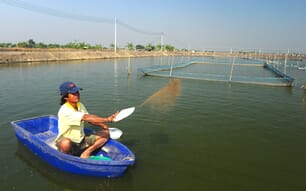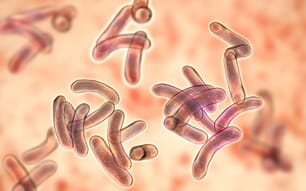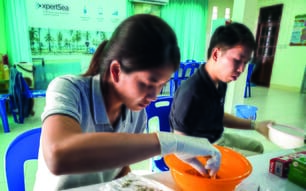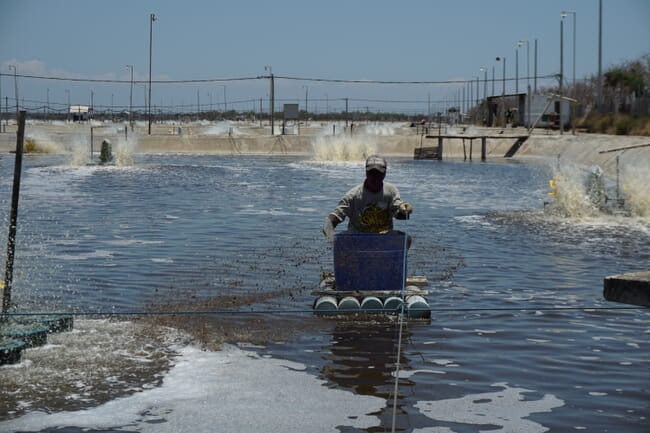
As more people become aware of the importance of sustainability, consumers in key shrimp importing areas – such as Europe, North America and Japan – want to know more about the aquaculture products they buy. Eco-certification and eco-labelling have emerged as ways to provide customers with that information.
Essentially, these are designed to ensure traceability and verify that an aquaculture product complies with a certain performance-based standard. In most cases, products that acquire certification are stamped with a label which acts as an assurance to buyers and consumers that the products they buy comply with the standards behind the label.
There are a number of different certification schemes, with varying approaches – focusing on factors such as sustainability, food safety, or labour. The overall objective of aquaculture certification is to incentivise shrimp producers, as well as various actors in the value chain, with price premiums, access to international markets, and added-value from the label which differentiates the product.
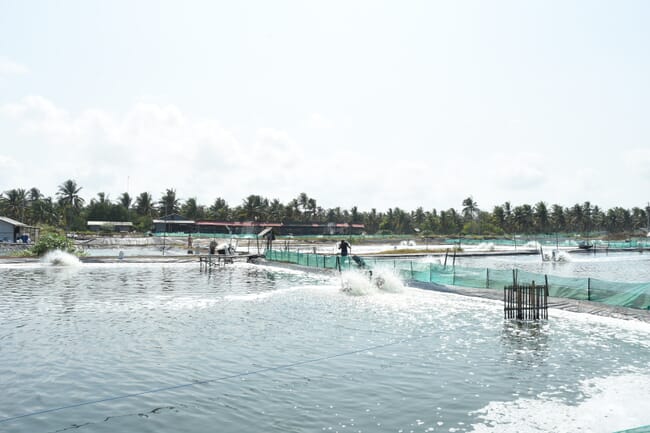
© Ade Latif, Alune
With such incentives, it is hoped that farmers who practice less sustainable farming methods will shift to more sustainable ones. Moreover, as farmers turn towards sustainable practices, various other benefits will – in theory – follow, such as reduced environmental impacts and carbon footprints, as well as improved working conditions. As the shrimp industry is becoming more and more important for global food security, eco-certification is an important initiative to help the industry become more sustainable.
There is a plethora of certification programmes for seafood products. Generally, here are the steps to acquire certification:
- Application submission
- Auditing process
- Review process
- Certificate issuance
Each programme has its own process and timeline, with varying fee arrangements. Most international private schemes use a third-party assessment in which independent certification bodies are responsible for the auditing process. All certification programmes also have their own chain-of-custody process, which transparently shows how the products move from farms to retail. This allows farmers to understand the status of their products throughout the supply chain. For consumers, it allows them to know exactly where the products they buy are from and therefore assures them that the products comply with rigorous standards.
It is important to note that certification does not end at the farmer’s side, since they are only one of the parts of the overall supply chain. That is why the feed mills, hatcheries and processing plants, ideally, also need to adhere to certain standards and be certified. This is to ensure that the product is sourced sustainably from upstream to downstream. However, the standards for each of them are usually different from farming operations standards.
There are various certification programmes that have been introduced to Indonesia by international private schemes, such as Global Aquaculture Alliance’s Best Aquaculture Practices (GAA-BAP), Aquaculture Stewardship Council (ASC), GLOBAL GAP, Asian Seafood Improvement Collaborative (ASIC), and Monterey Bay Aquarium’s Seafood Watch (MBASW).
Each of these programmes has similar standards but with different emphases. Here is a brief overview:
- GAA-BAP covers a relatively comprehensive range of issues – including food safety, social accountability, environmental responsibility and traceability – and encompasses the whole production chain, including feed mill, hatchery, farm and processing plant. To ensure traceability, all certified sites are required to have detailed records in their supply chains.
- Meanwhile, for shrimp, ASC is focused more on the producers’ side and places a heavy emphasis on environmental sustainability, biosecurity, and community and workers protection. In terms of traceability, ASC utilises the Chain of Custody (CoC) standard from the Marine Stewardship Council (MSC) to track the ASC certified products along the supply chain.
- GLOBAL GAP also covers the whole production chain and applies its standard for food safety, workers’ rights, animal welfare and environmental protection. It has its own CoC Standard which contains strict requirements for handling and segregation of the certified and uncertified products throughout the supply chain to ensure traceability.
- There are organisations around the world that monitor aquaculture products and their impact on the environment, to provide information for consumers and businesses, but don’t act as certifying bodies. One of the most well-known organizations in this field is The Monterey Bay Aquarium Seafood Watch (MBASW). MBASW provides seafood recommendations and rating criteria but offers no certification programme. Their ratings, which range from “Best choice” (Green), “Good alternative” (Yellow), and “Avoid” (Red) are based on government reports, journal articles, white papers and expert opinions. However, they benchmarked other eco-certifications standards against their own to provide MBASW ratings of those certified products.
- There are also organisations that are working to develop and improve the shrimp industry while providing assistance to small-scale shrimp producers, who are usually unable to gain the recognition from certification bodies due to the cost and complexity of the certification processes. One of the most notable ones in Asia is the Asian Seafood Improvement Collaborative (ASIC) with its ASIC Shrimp Initiative. They developed an improvement programme to help small-scale shrimp producers in Southeast Asia to improve their farming practices and gain recognition for their efforts but without the barriers of the certification schemes. They are currently working with NSF International to give assurance to global buyers and consumers.
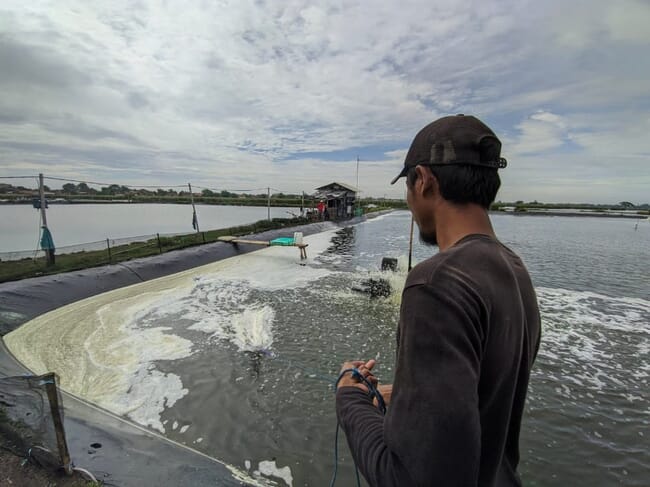
© Ade Latif, Alune
Indonesian certification aims to drive sustainable growth
Due to the fragmented nature of Indonesia’s shrimp production, the government created their own scheme to ensure harmony between existing national and international standards. The harmonised regulations capture the whole Indonesian shrimp value chain. The list is as follows:
- Cara Pembuatan Pakan Ikan yang Baik (CPPIB) / Good Management Practices for Aquaculture Feed
- Cara Pembenihan Ikan yang Baik (CPIB) / Good Hatchery Practices
- Cara Pembuatan Obat Ikan yang Baik (CPOIB) / Good Management Practices for Fish Medicines
- Cara Budidaya Ikan yang Baik (CBIB) / Good Aquaculture Practices
- Cara Penanganan Ikan yang Baik (CPIB) / Good Management Practices for Handling Aquaculture Product
- Surat Kelayakan Pengolahan (SKP) / Processing Eligibility Certificate

© Azizah, et al, 2020
Currently, the Indonesian government, through the Ministry of Marine Affairs and Fisheries, is formulating a new standard that will combine all of the certifications above. This new scheme is called Indonesian Good Aquaculture Practice (IndoGAP) and follows Food and Agriculture Organization (FAO) Technical Guidelines, and Association of Southeast Asian Nations of Shrimp Good Aquaculture Practices (ASEAN Shrimp GAqP).
In implementing it, the government will establish third-party certifying bodies that will have to be approved by the Indonesian National Accreditation Committee/Komite Akreditasi Nasional (KAN). Simplifying the procedure is an effective way to scale the number of farms accredited, in-line with the significant growth expected in Indonesian aquaculture production. As of right now, IndoGAP is in the process of being rolled out by the government.
How Alune can help
Alune is committed to supporting sustainable development and growth of aquaculture in Indonesia. To play our part in this, we have created a self-assessment platform that farmers are using to understand how to upgrade or adjust their farms and farming practices to quickly fit IndoGAP certification standards. Depending on the farmers self-assessment score, Alune provides a guide on key steps to take to be ready for certification.
The platform is free, open to the public and can be accessed here. We hope that the service continues to be useful and contributes to the growth of Indonesian aquaculture.


